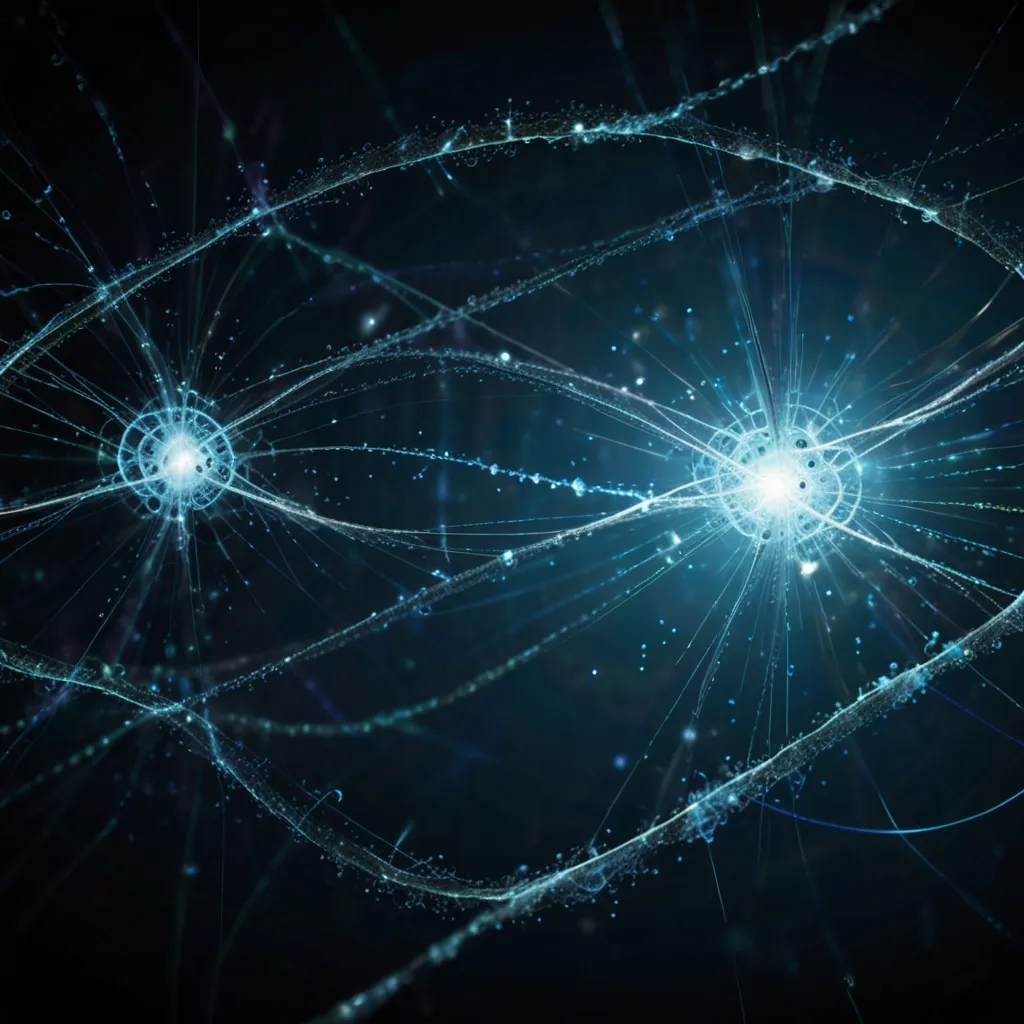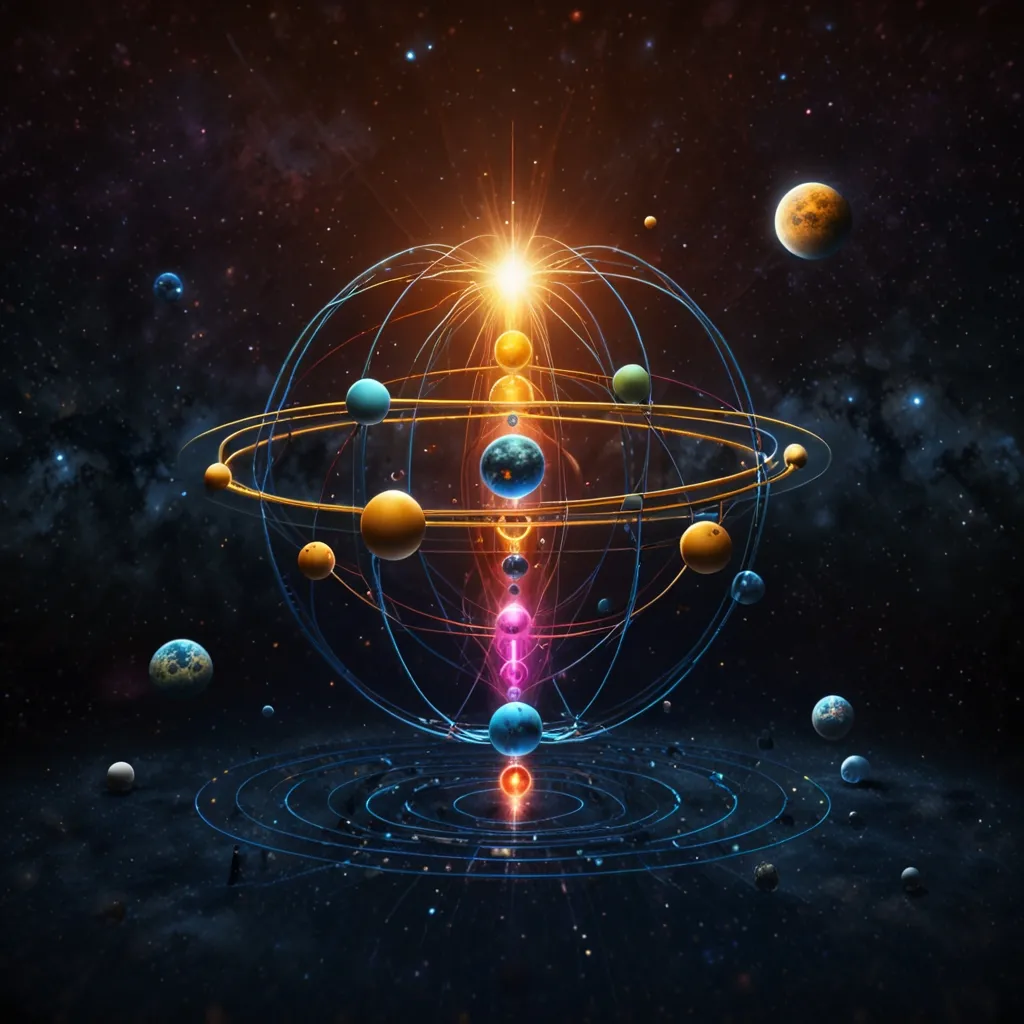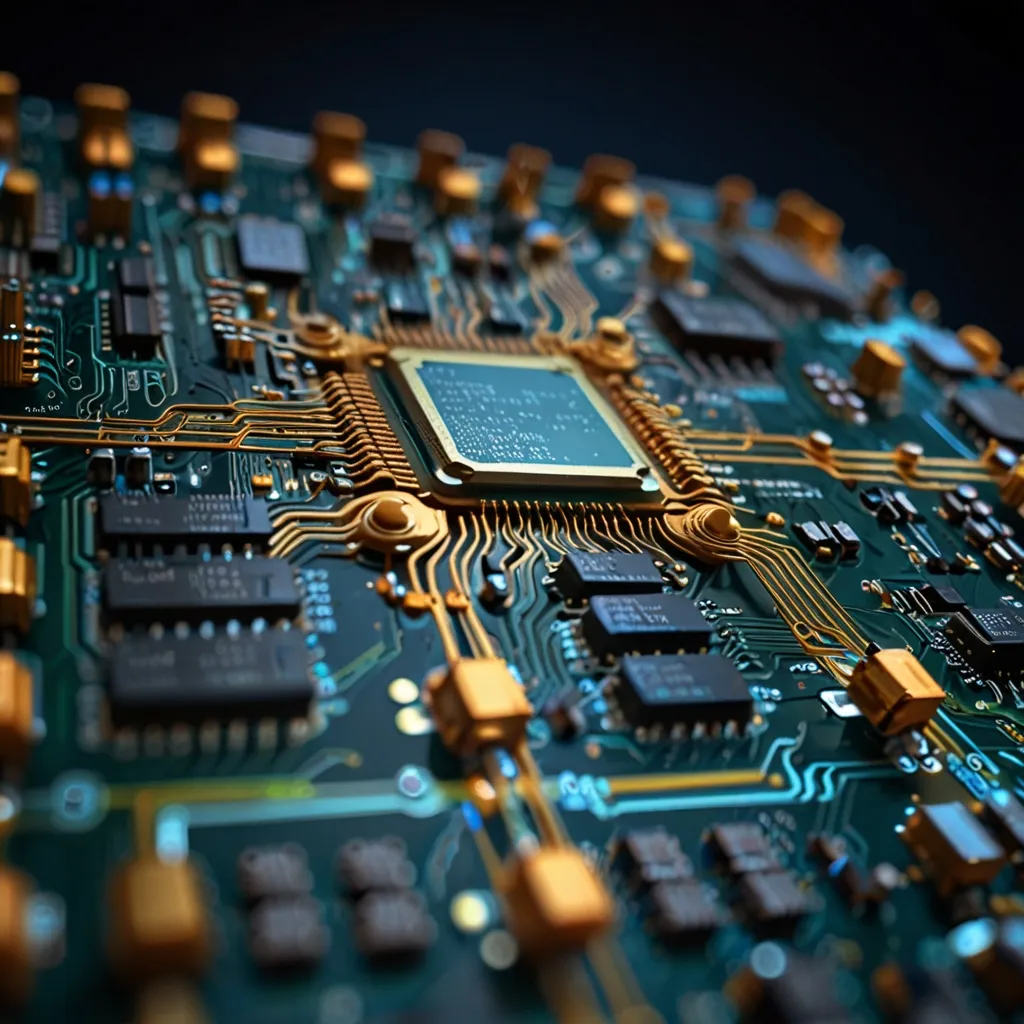Quantum mechanics often feels like a mix of bizarre and almost magical principles. There’s the wave-particle duality, where particles sometimes behave like little solid objects and other times spread out like waves. There’s superposition, where objects can seemingly exist in two states at once. Then there’s the uncertainty principle, which suggests the universe prevents us from knowing everything about a quantum object. And, of course, there’s entanglement, which Albert Einstein famously called “spooky action at a distance.”
Entanglement is a unique phenomenon where doing something to one of a pair of entangled particles seems to instantaneously affect the other, no matter the distance between them. However, these descriptions are just our best attempts to use everyday language for concepts that don’t quite fit into it. That’s particularly true for entanglement, which isn’t really “spooky action at a distance.”
To understand it better, think of entangled particles as having a deep connection beyond traditional boundaries. In quantum mechanics, particles have a property called spin, acting like little magnets pointing up or down. When two electrons are entangled, their spins are always opposite—they’re correlated like a pair of gloves where one is left-handed and the other right-handed. Measuring the spin of one instantly tells us the spin of the other.
This might seem straightforward, much like opening a package to find one glove and immediately knowing the other in another box. But here’s the key difference: For entangled particles, the spins aren’t predetermined. The particles exist in a superposition of states until measured, and this measurement determines the outcome for both, instantaneously and across any distance.
This puzzling aspect was highlighted by Einstein, along with Boris Podolsky and Nathan Rosen, in a thought experiment in 1935—now known as the EPR paradox. Einstein believed that there must be hidden variables pre-determining the states, as no influence should travel faster than light. Danish physicist Niels Bohr disagreed, asserting that no hidden variables existed—quantum entanglement had to be accepted as reality.
The debate went unresolved until 1964 when physicist John Bell formulated an experiment to settle it. After countless tests, starting in the 1970s, the results consistently showed no hidden variables. Outcomes are determined by the act of measurement itself.
Creating entangled particles often involves producing them simultaneously in a single process, like through a quantum jump where an atom emits two photons at once. These particles, once entangled, share a joint wave function. Their properties are spread between them, meaning actions on one affect the other. This non-locality suggests an interdependence that defies conventional space concepts.
Entanglement’s strangeness is fundamental to quantum mechanics. It hints at a universe where space doesn’t quite function as we imagine. Researchers even speculate that quantum entanglements give rise to our notion of space itself.
Yet, despite its intrigue, quantum entanglement won’t allow faster-than-light communication. Measurements on one particle don’t reveal anything until matched with measurements on the other, and this information transfer can’t exceed light speed. However, entanglement offers secure communication; any attempt to intercept entangled data is detectable.
Entanglement is pivotal in quantum computing, which promises calculations at speeds unimaginable with conventional computers. Quantum bits, entangled in quantum computing systems, can solve specific problems in seconds that would otherwise take centuries.
Quantum mechanics and entanglement might sound like science fiction, but they’re rapidly shaping our technological future. Understanding these principles opens a window to the astonishing mechanics underpinning the universe and the potential of breakthrough technologies.






